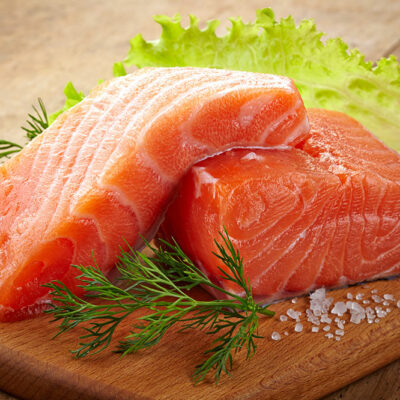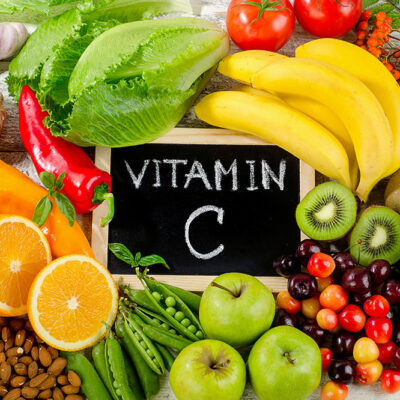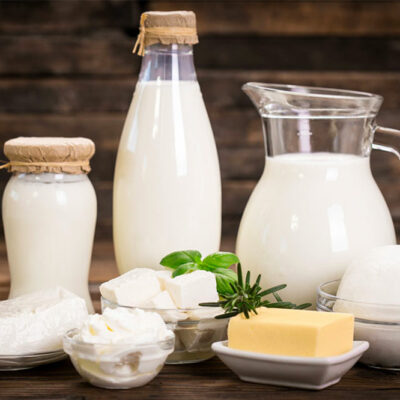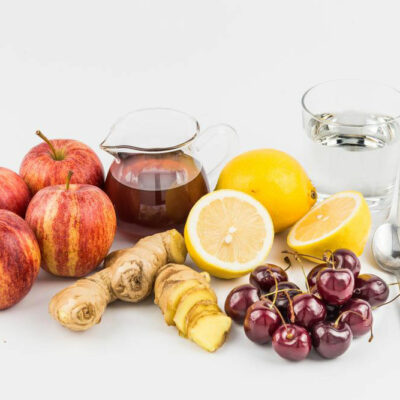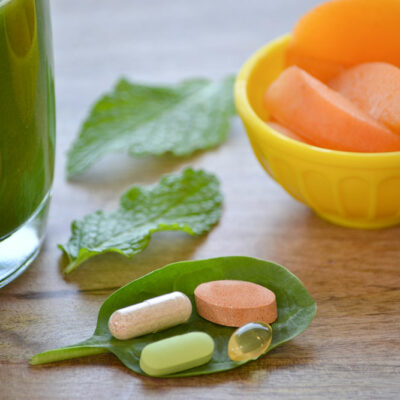
Diets & Meal Plans
Manage osteoporosis symptoms with these foods
Bones make up the entire skeletal structure that supports the body. Conditions like osteoporosis can result in bone health deterioration and increase the risk of fractures significantly. Since it is a progressive disorder, the symptoms only get worse with increasing age. This condition cannot be fully treated. At best, changes in daily food habits, home remedies, and prescription medications like Prolia® or Evenity® can help improve quality of life. Listed below are few important things to remember while managing osteoporosis symptoms. Foods for calcium Calcium is a crucial nutrient required to maintain bone health. It helps build new bones and prevents bone mineral density loss. Research suggests that adults must get at least 700mg of calcium per day. Greens and leafy vegetables are a natural source of calcium. Popular choices include broccoli, kale, okra, Chinese cabbage, mustard greens, dandelion greens, collard greens, and turnip greens. Dairy products like milk, cheese, and yogurt are also loaded with the nutrient. Those who are lactose intolerant can get their calcium requirement from soya beans, tofu, and soya drinks. Sardines and salmon are other good sources of calcium. These foods combined with medications like Prolia® can help manage osteoporosis symptoms in the long run.

